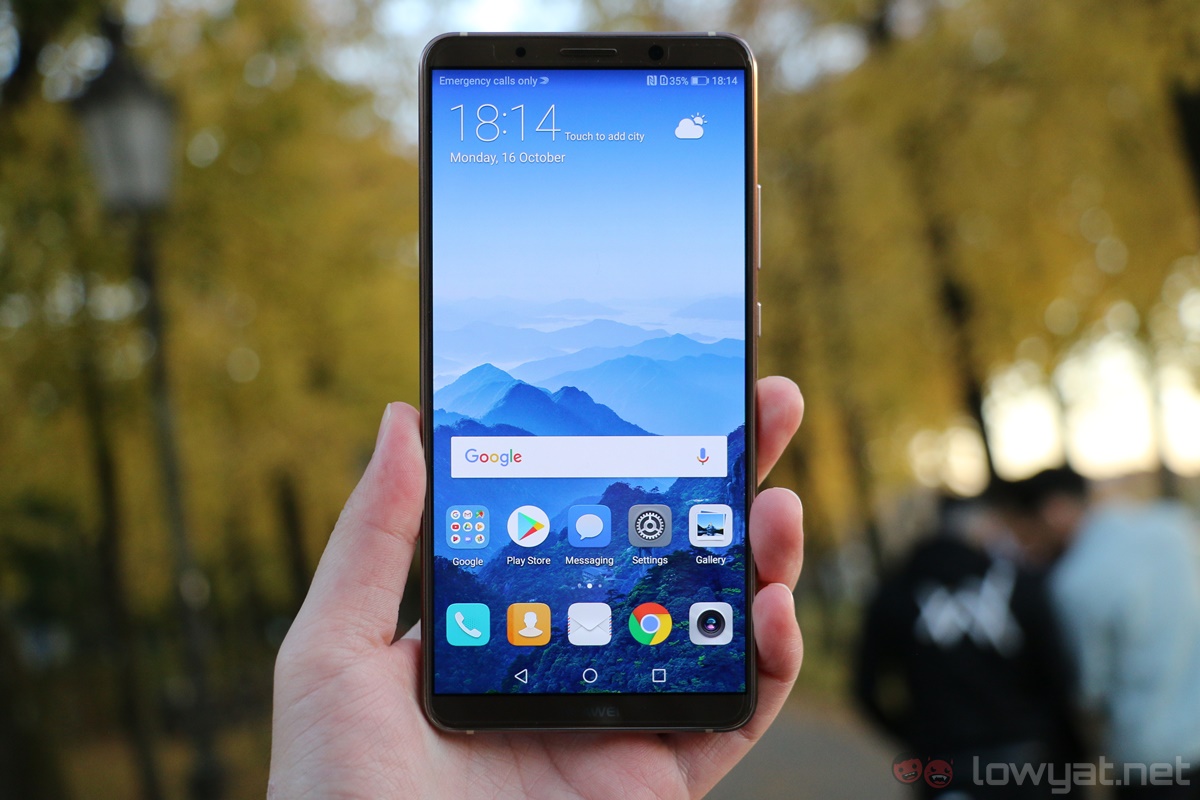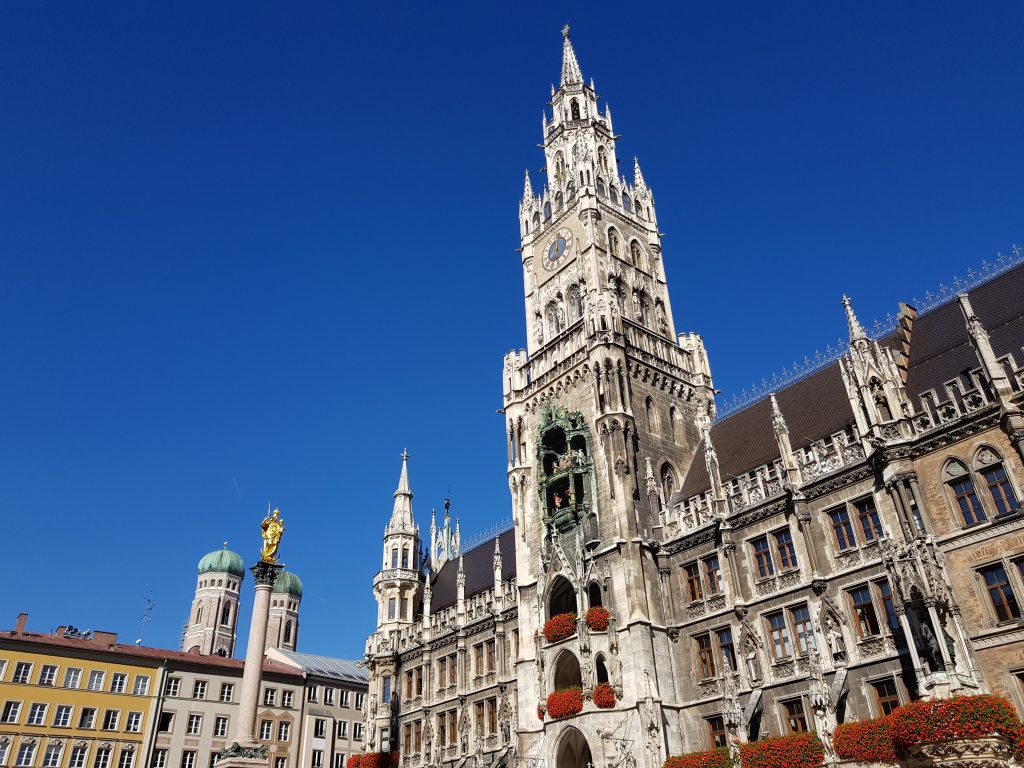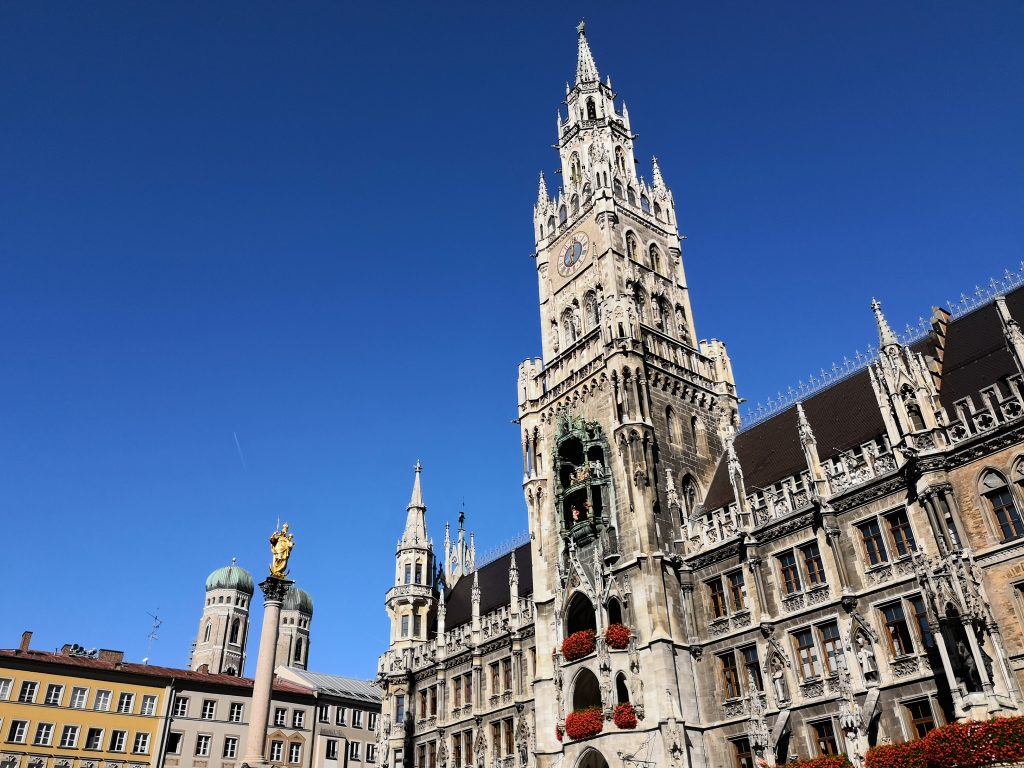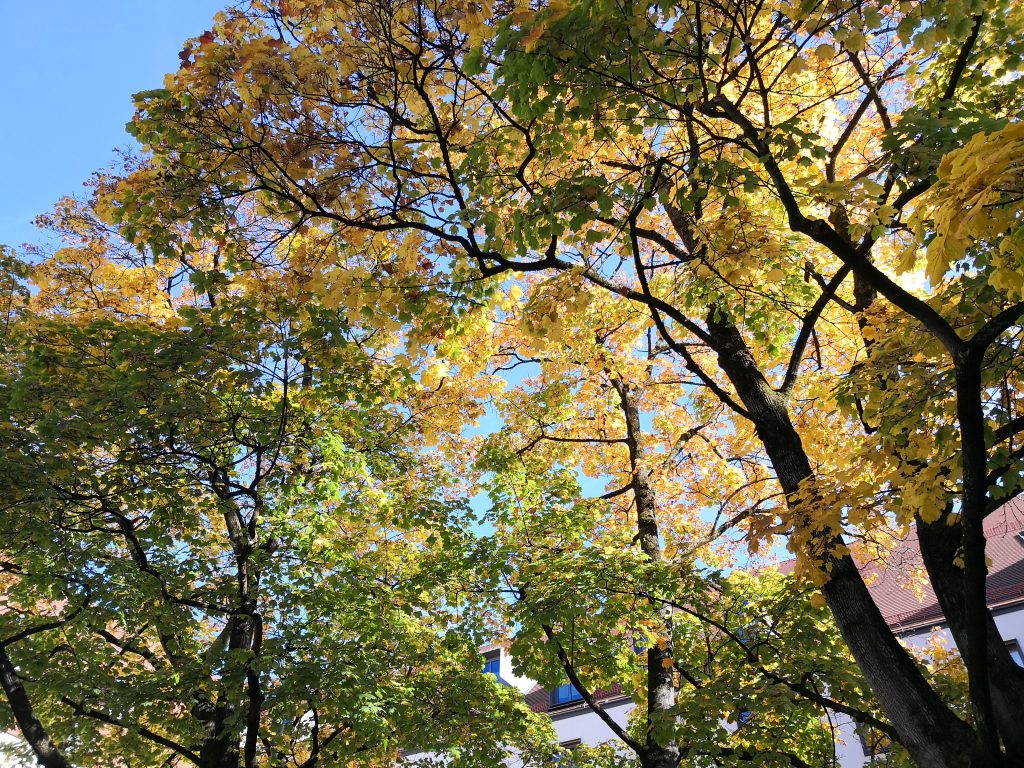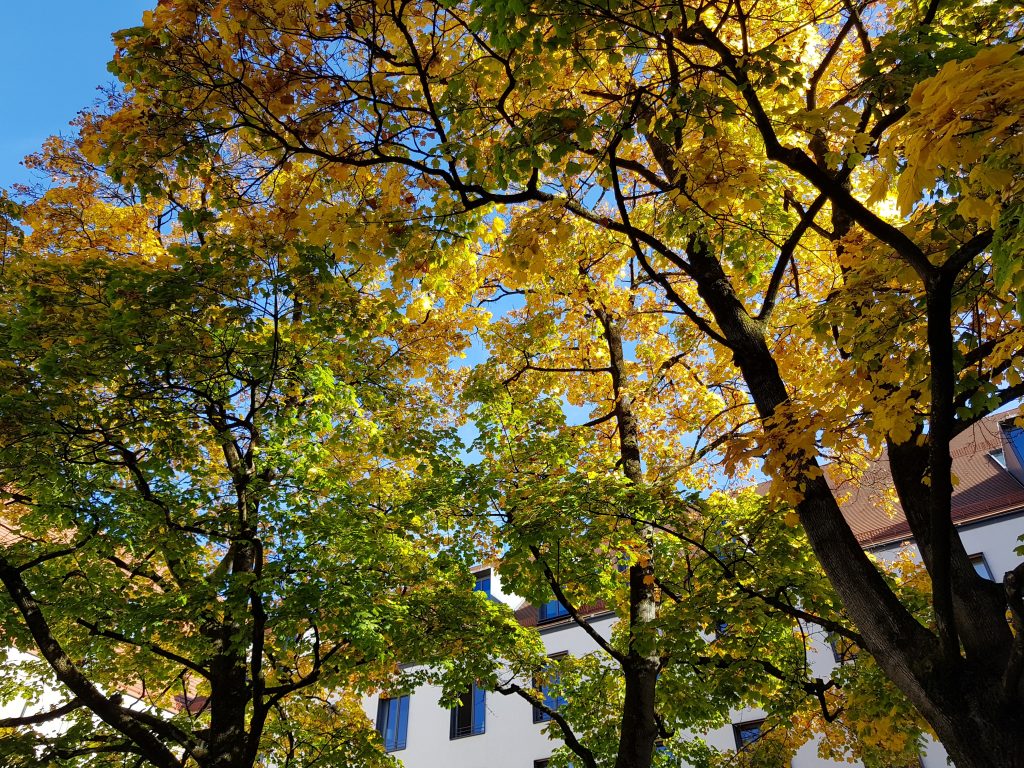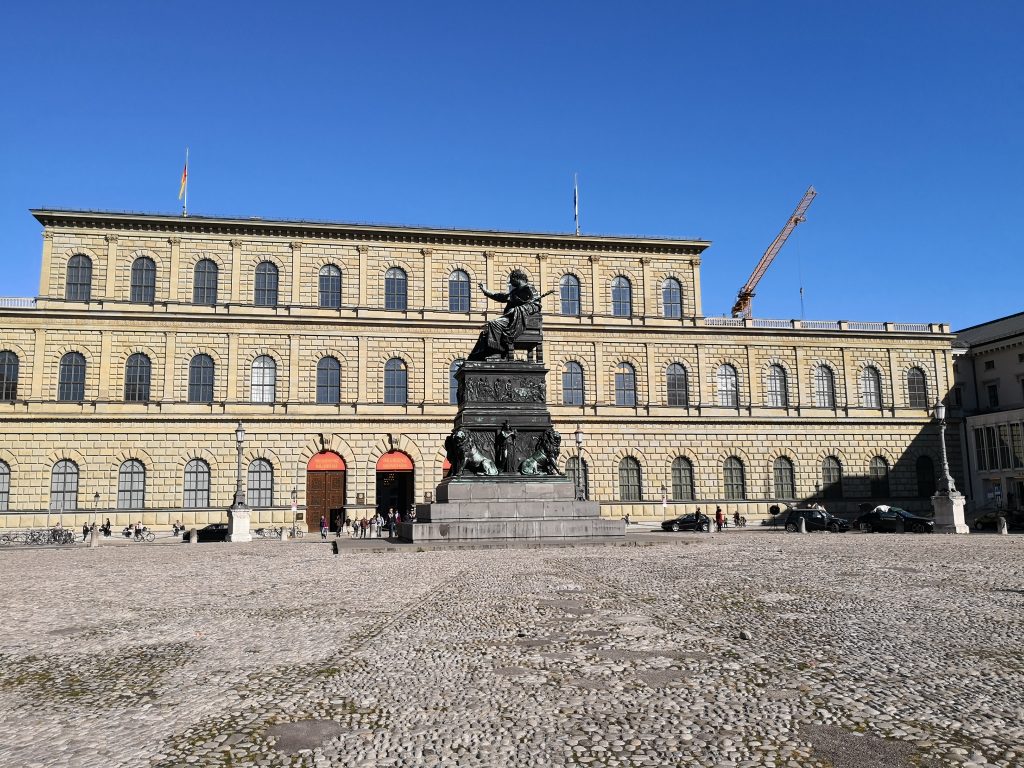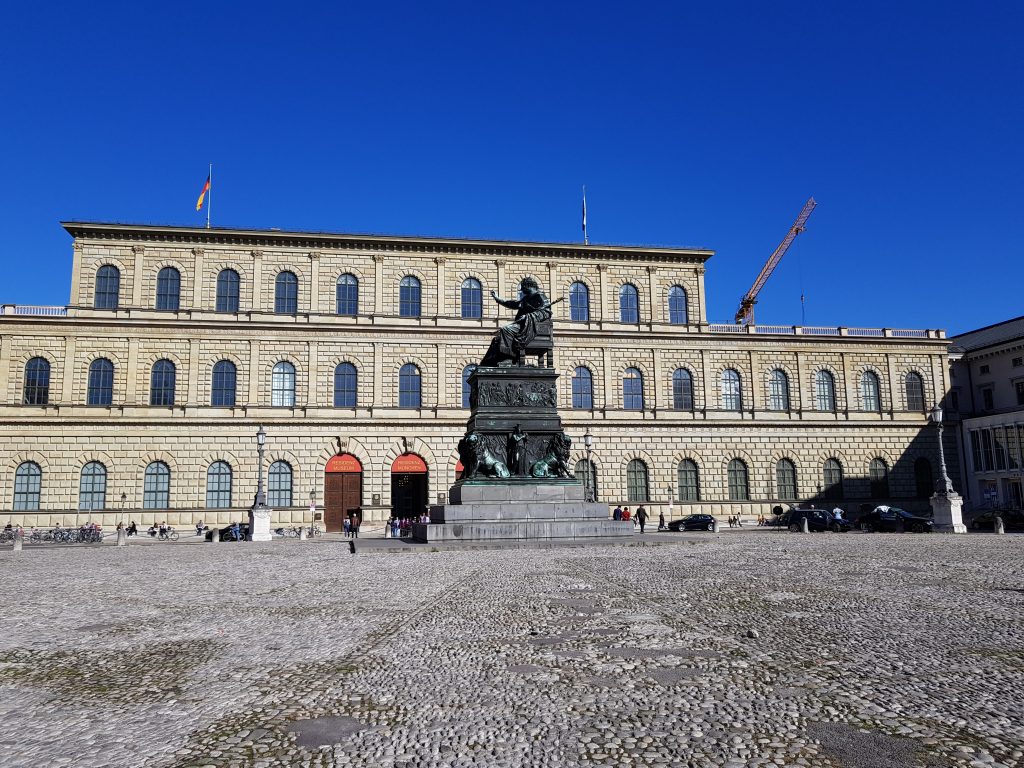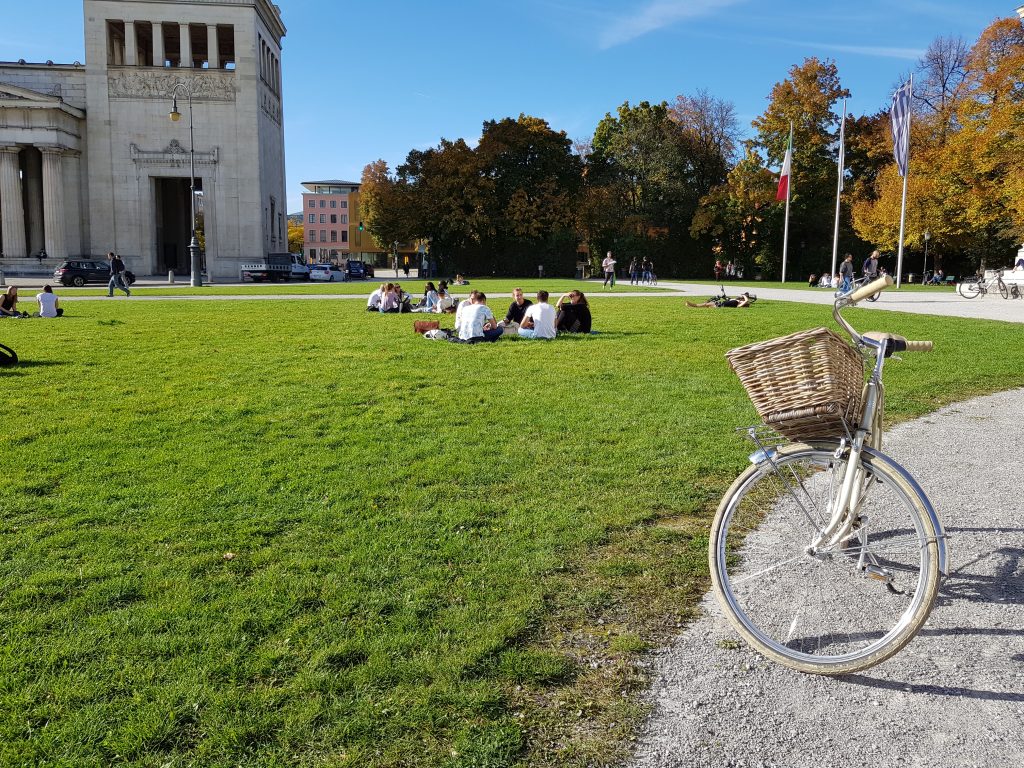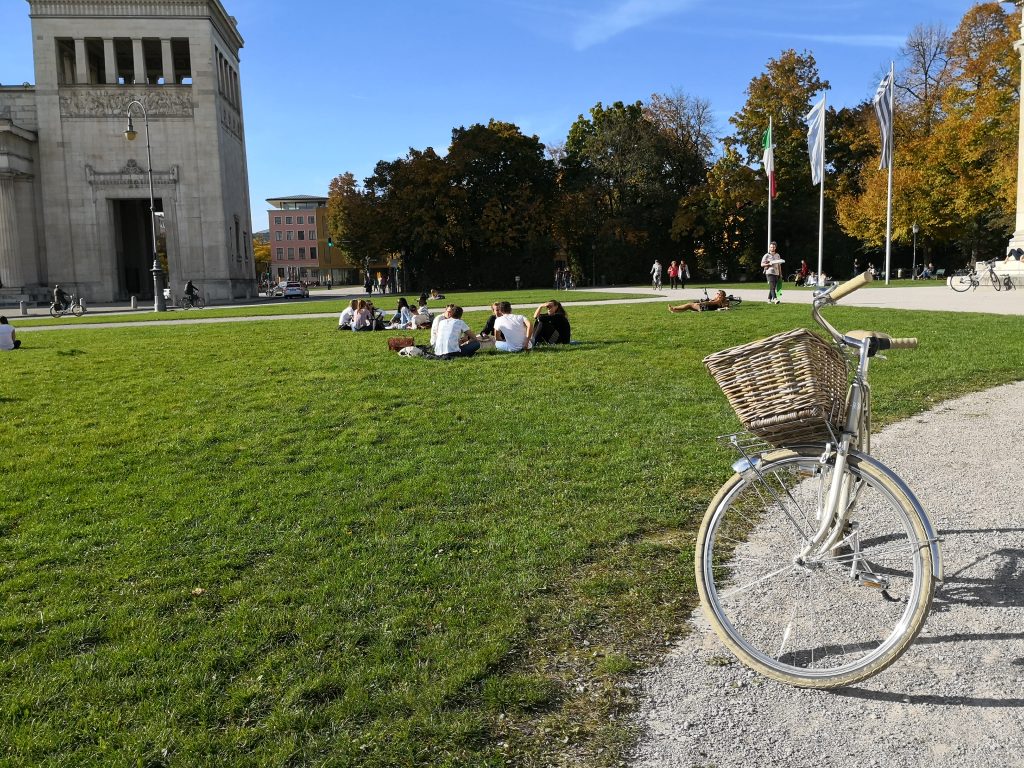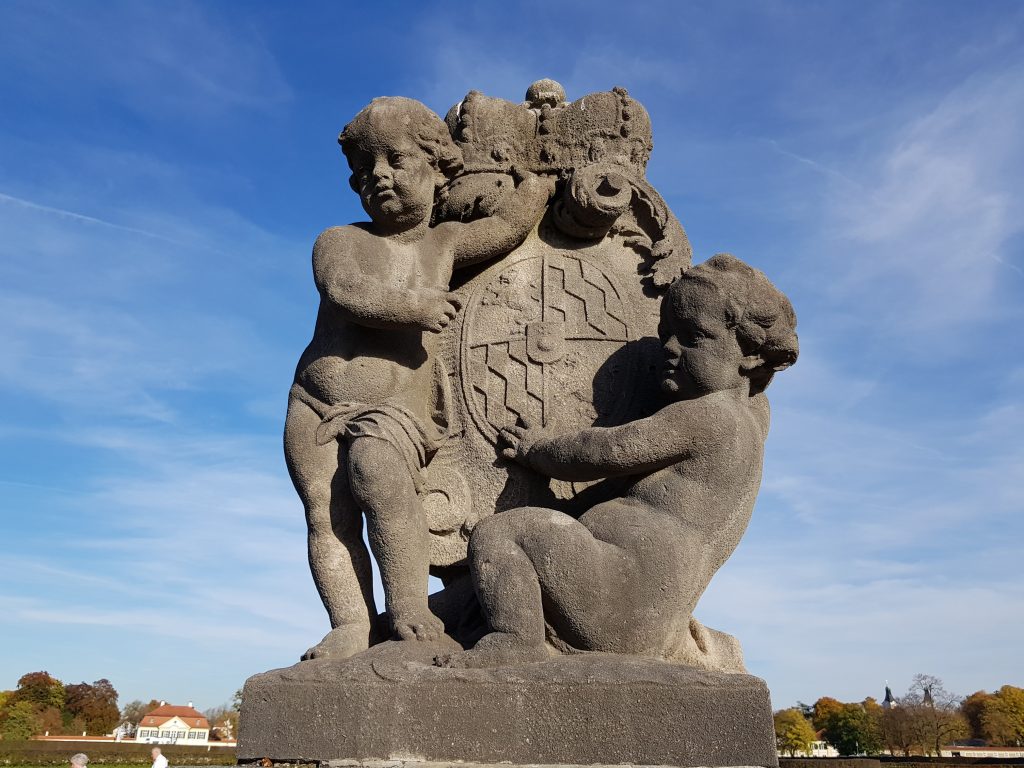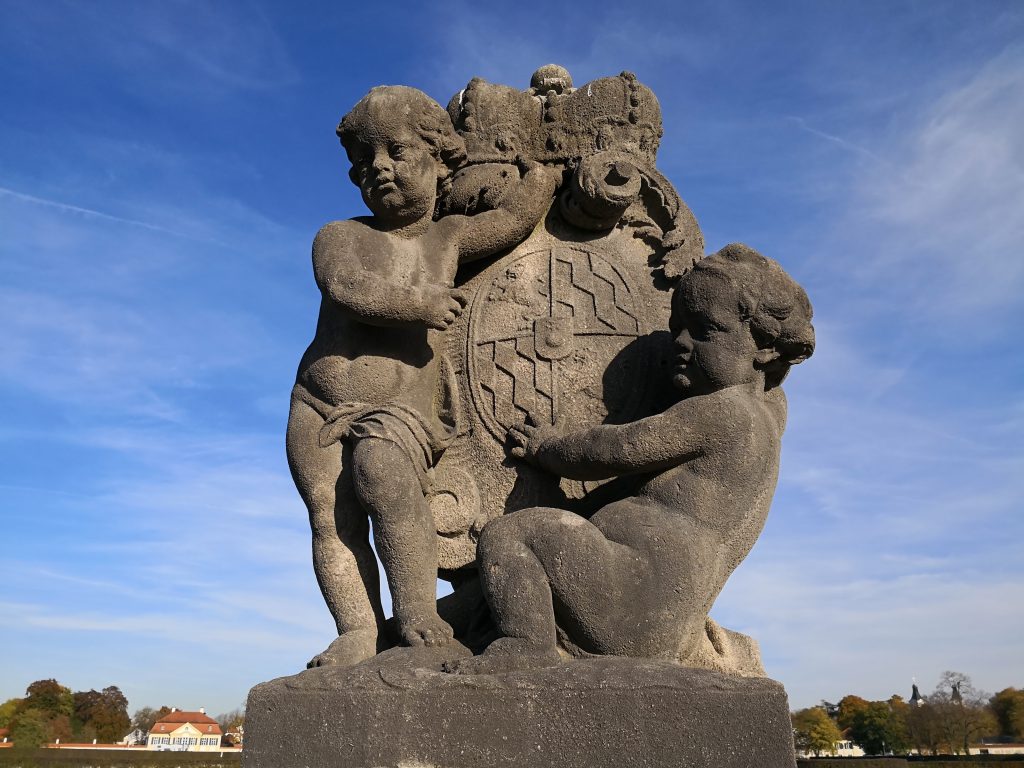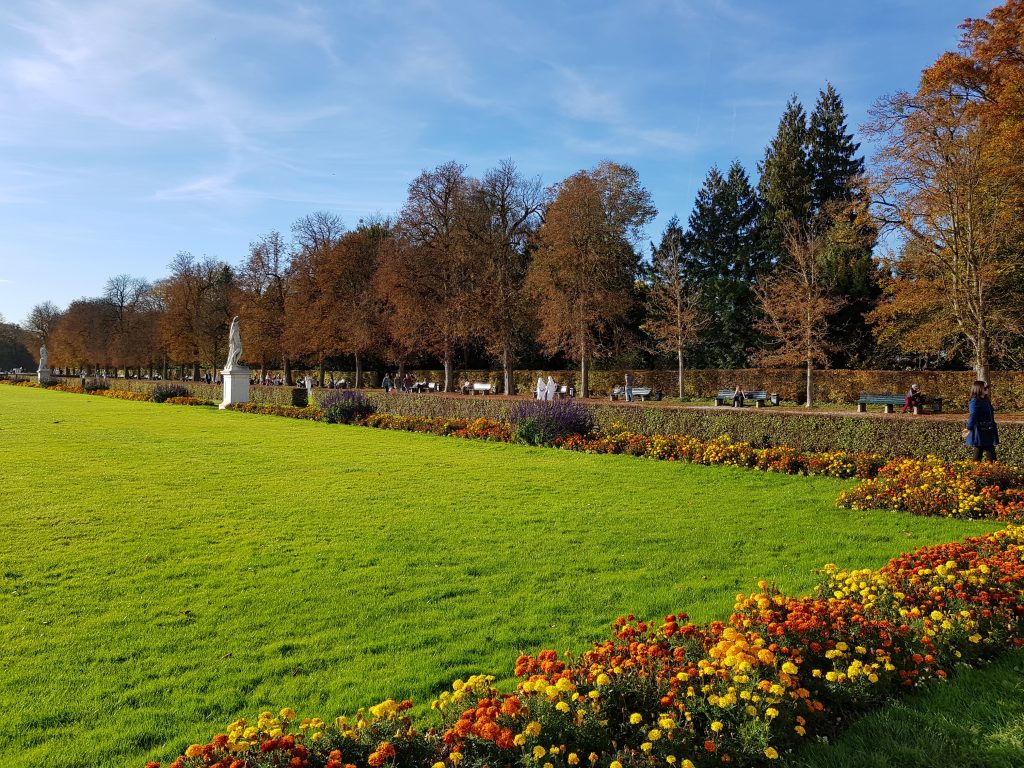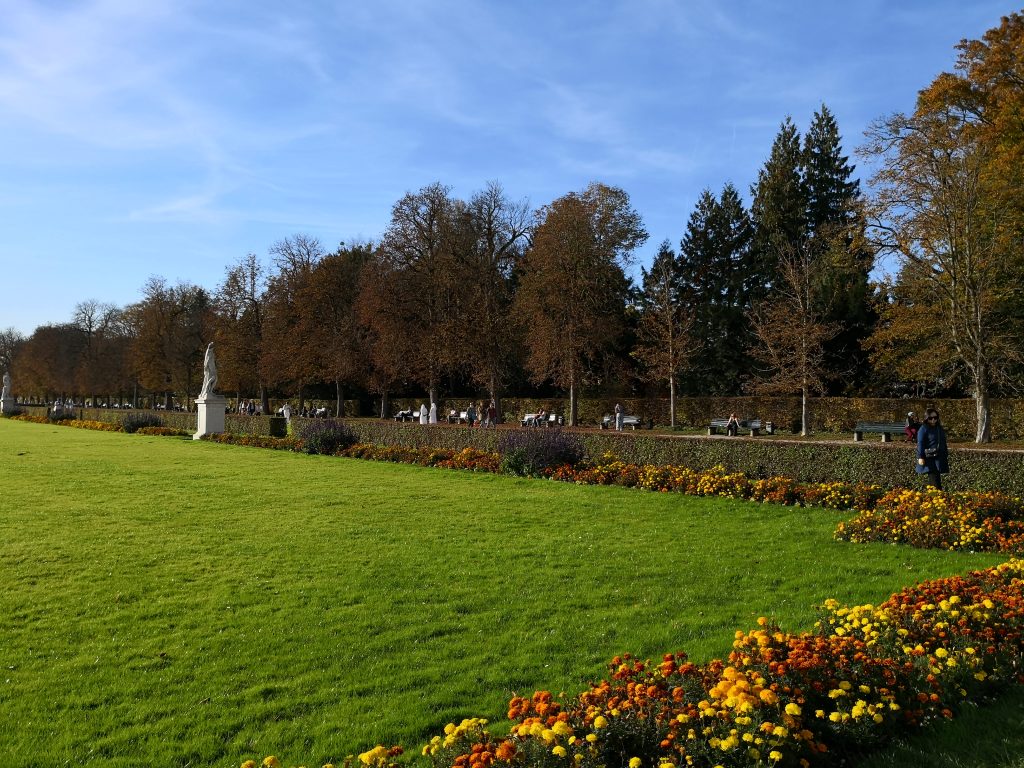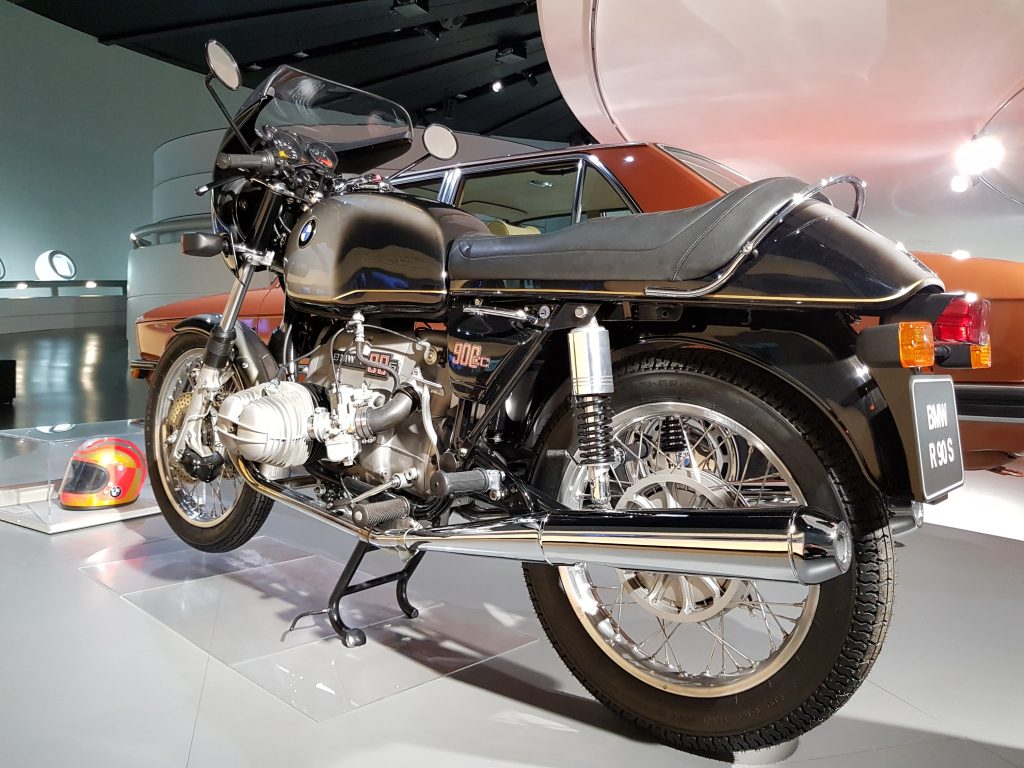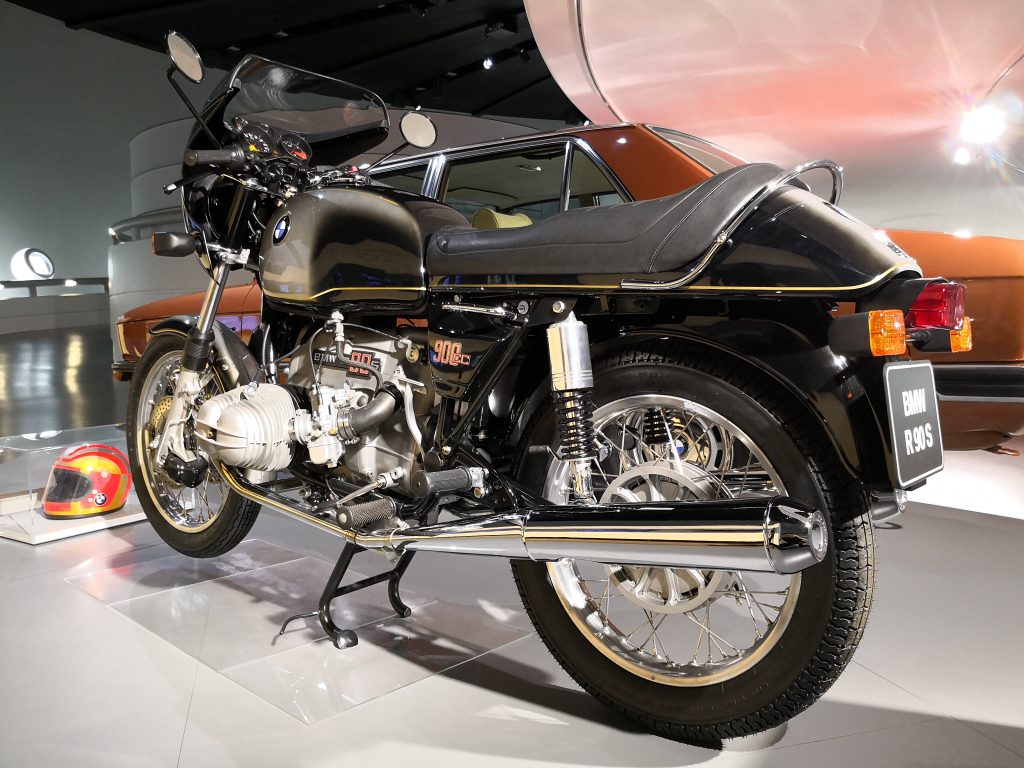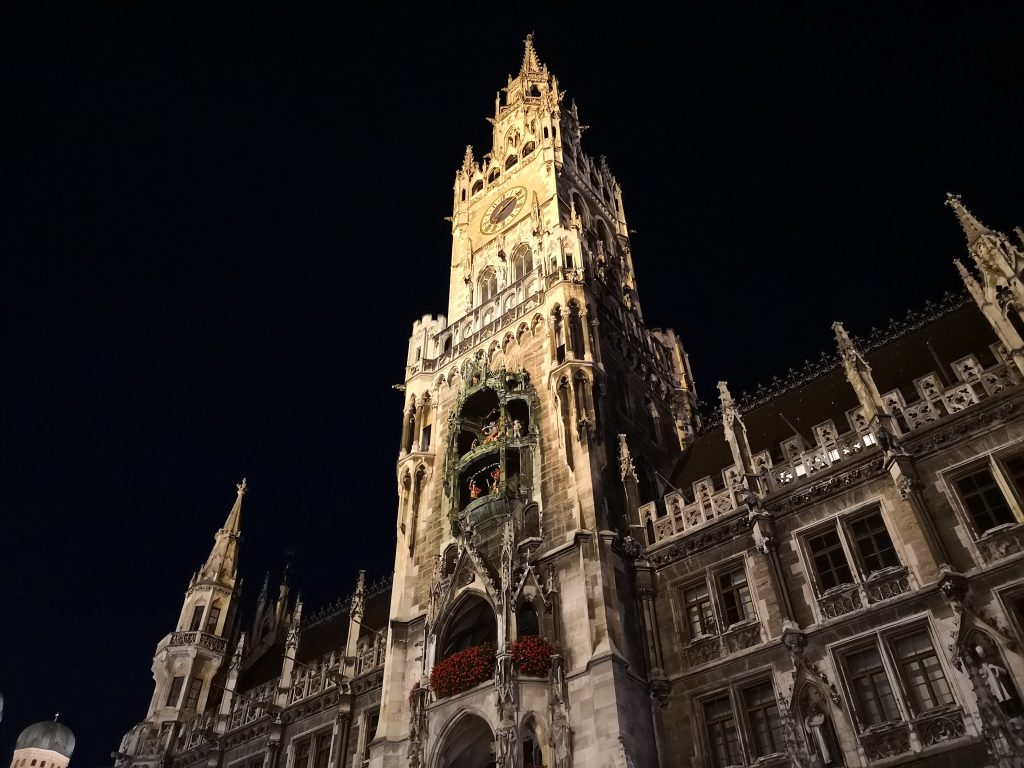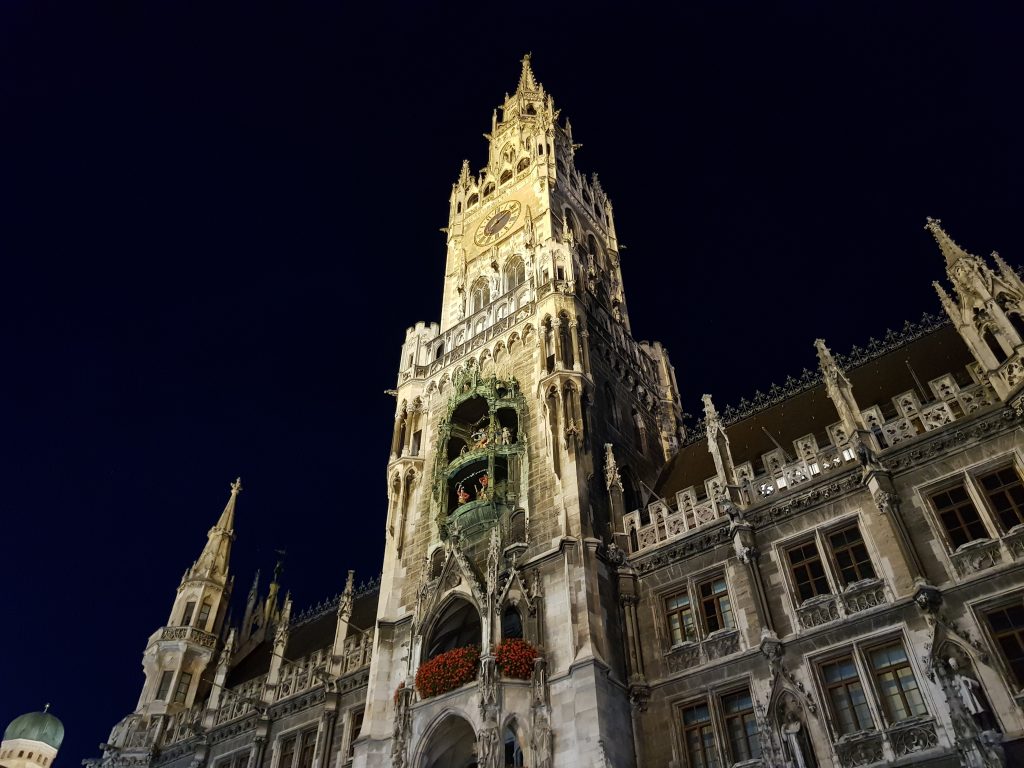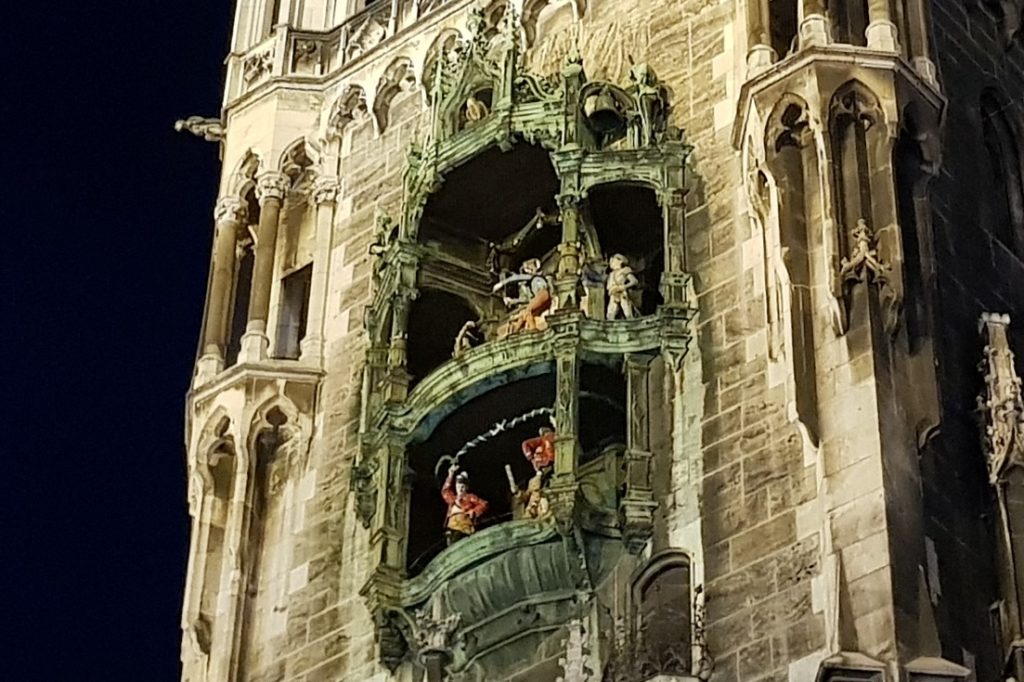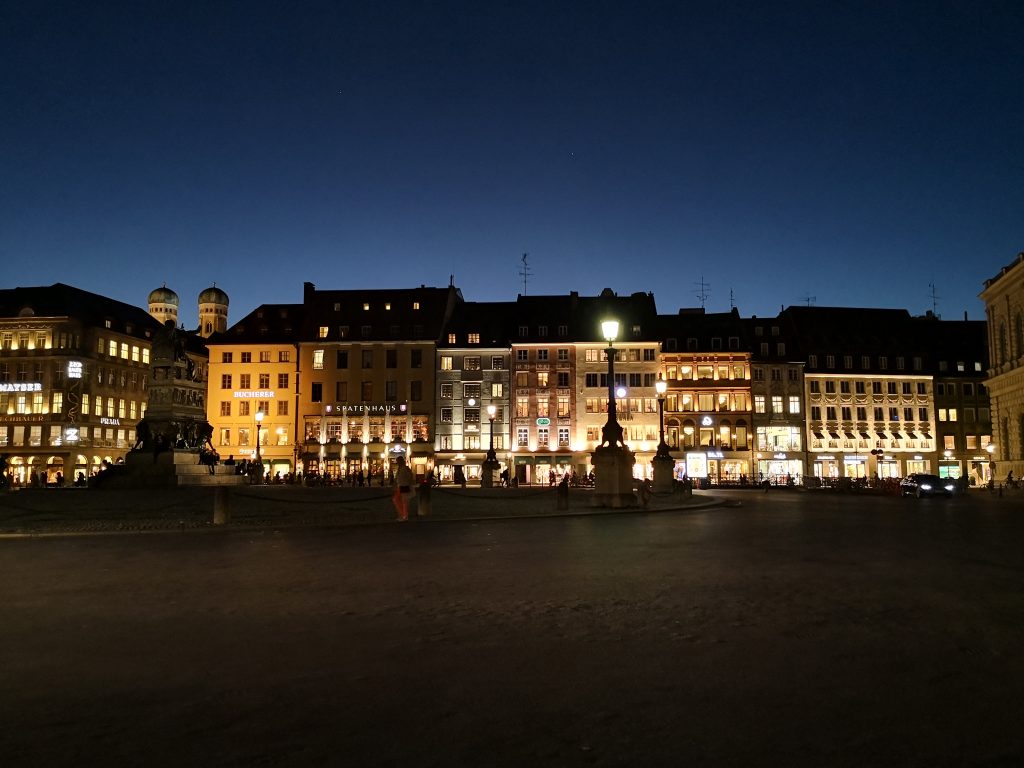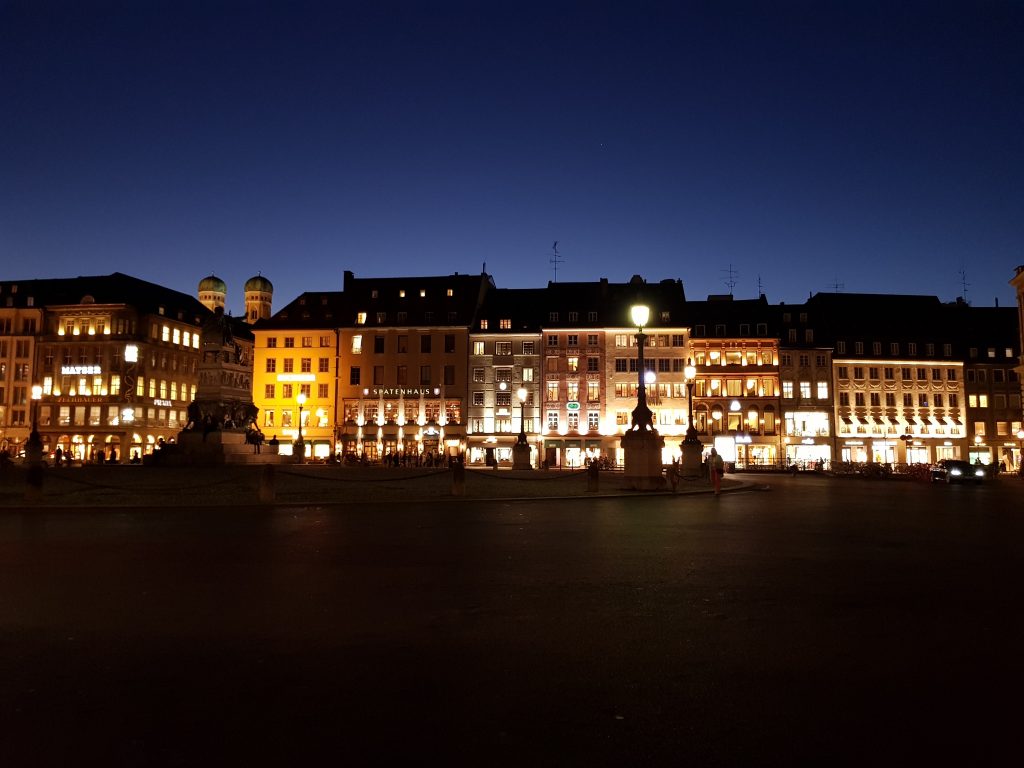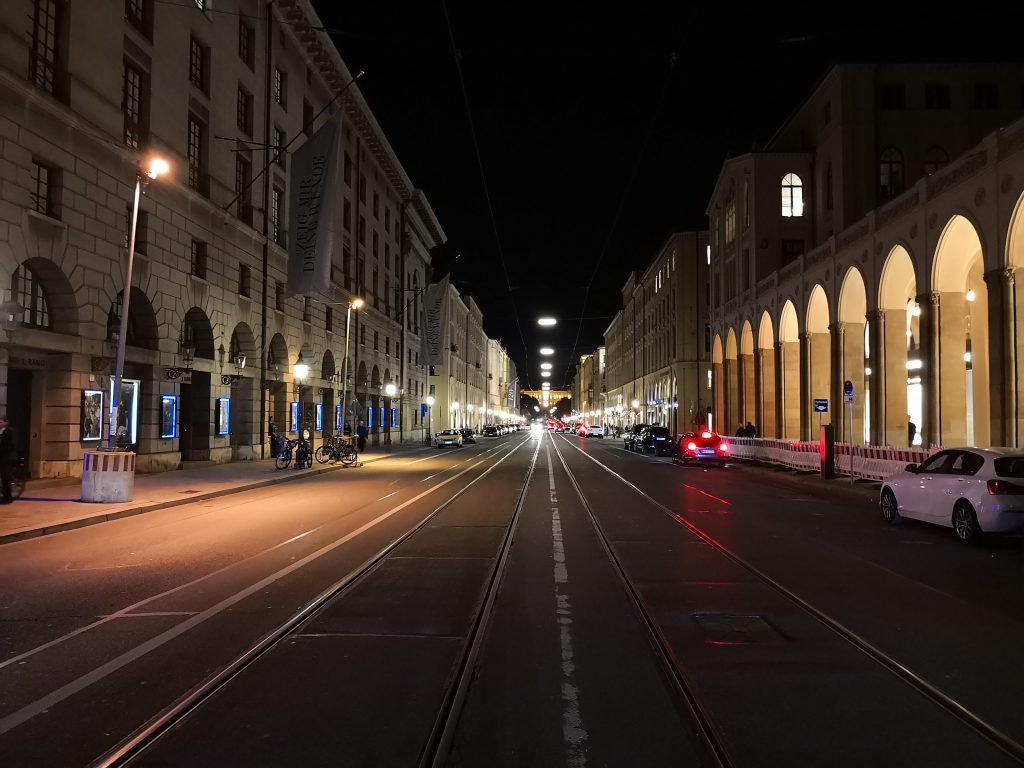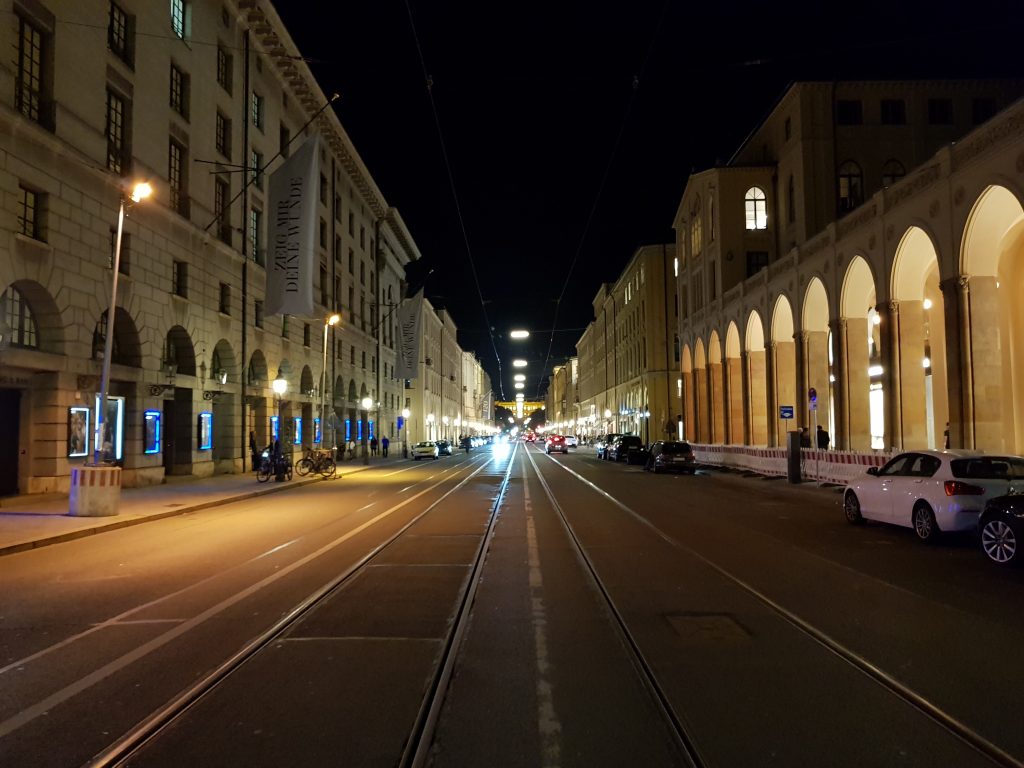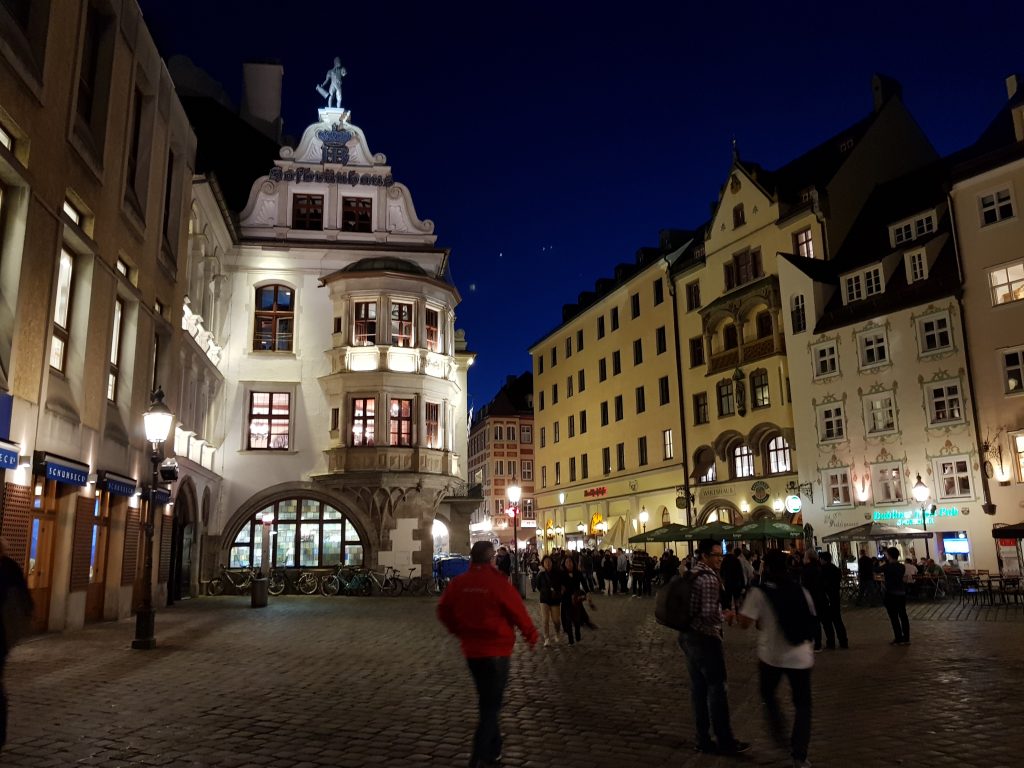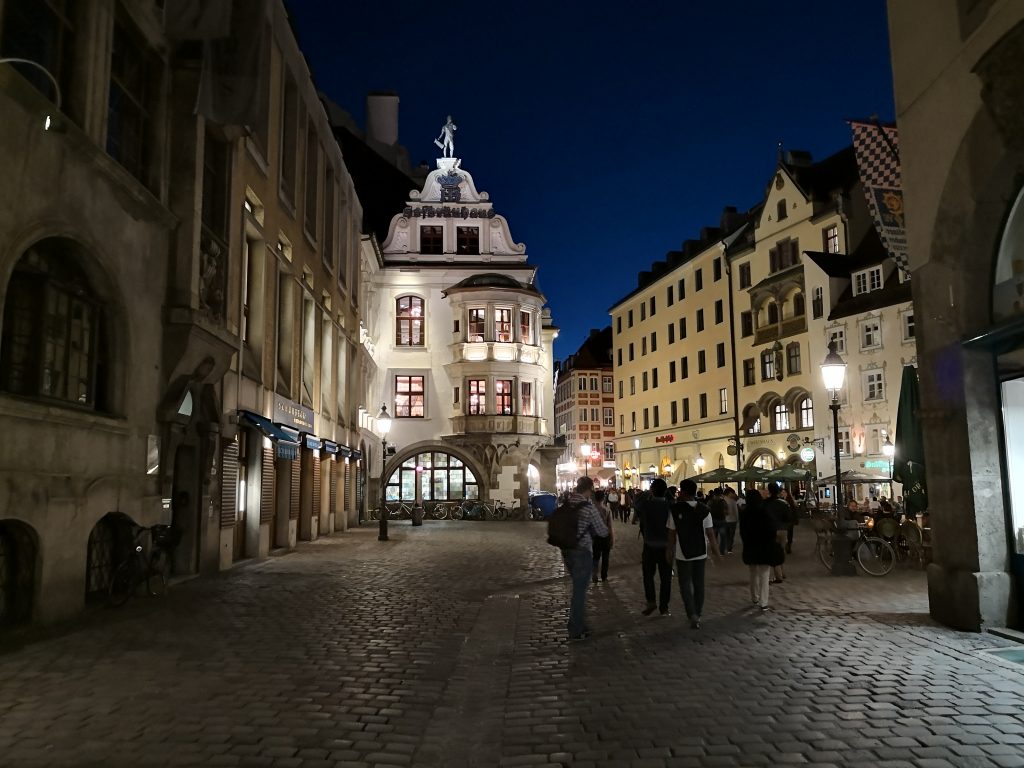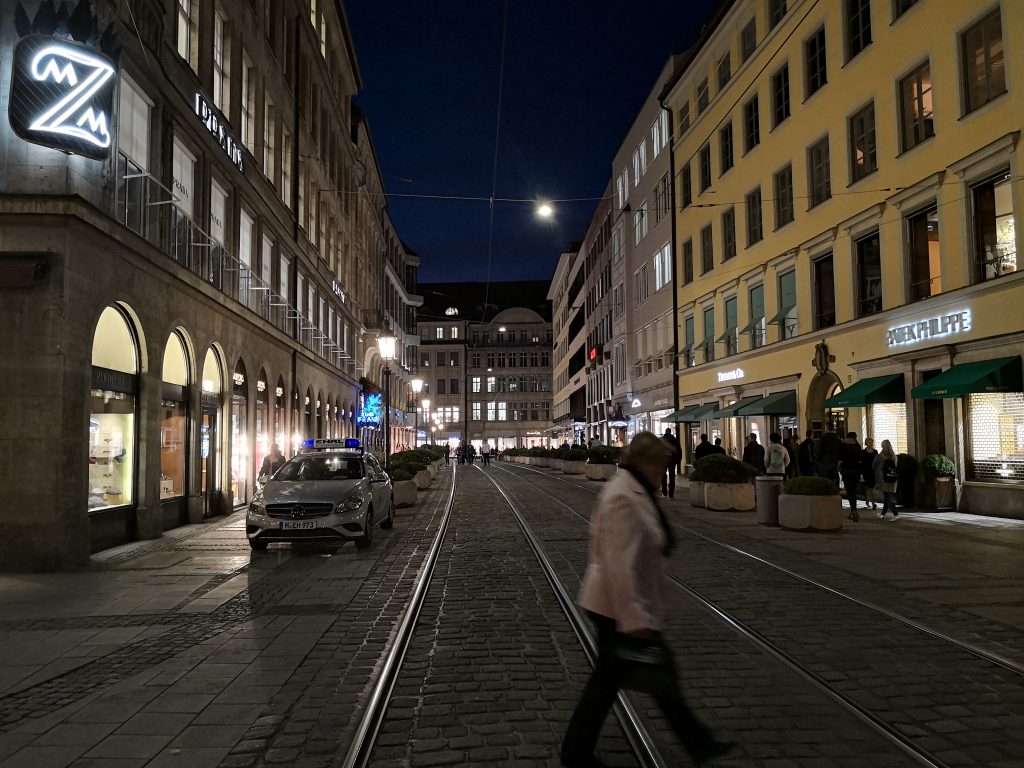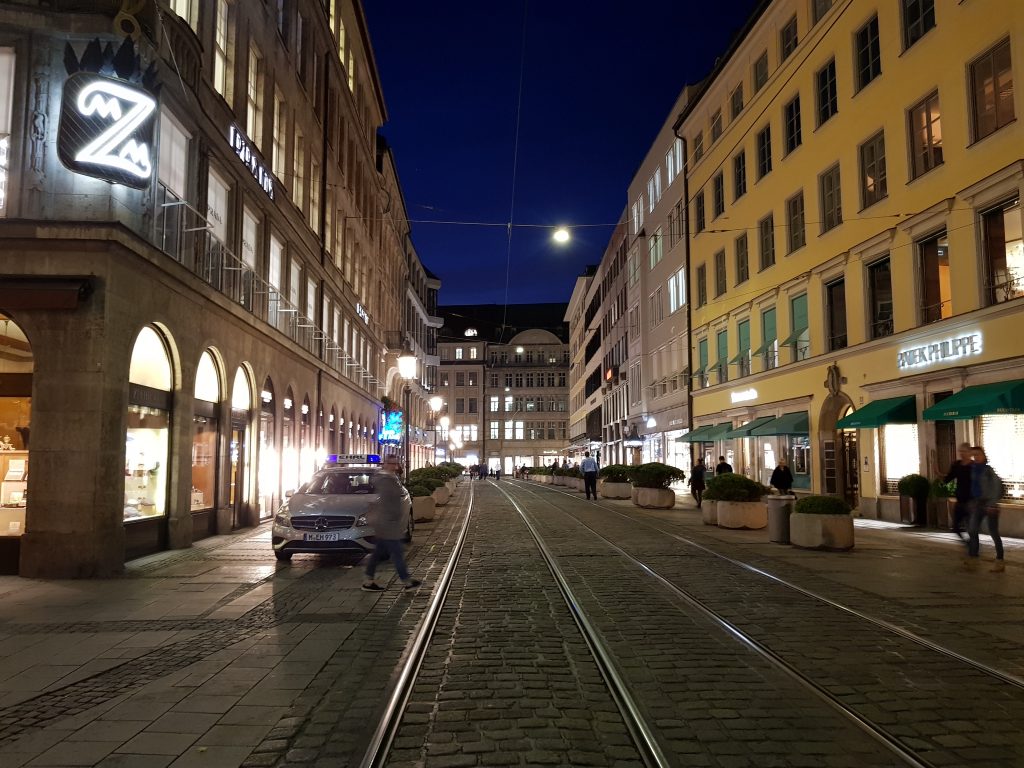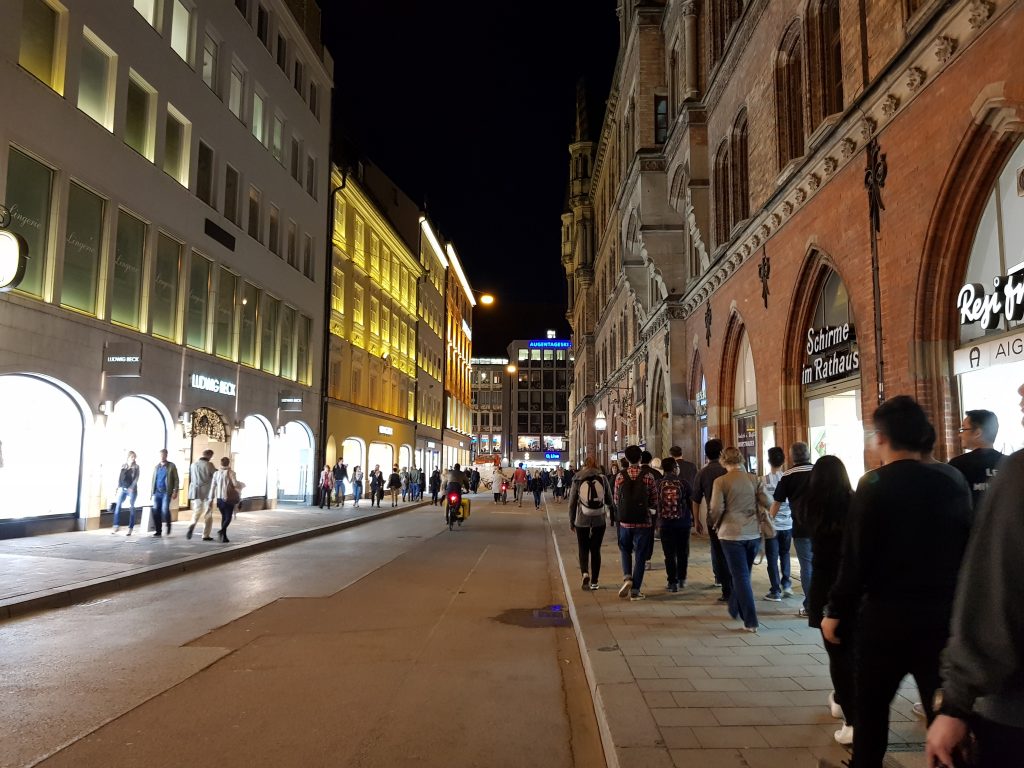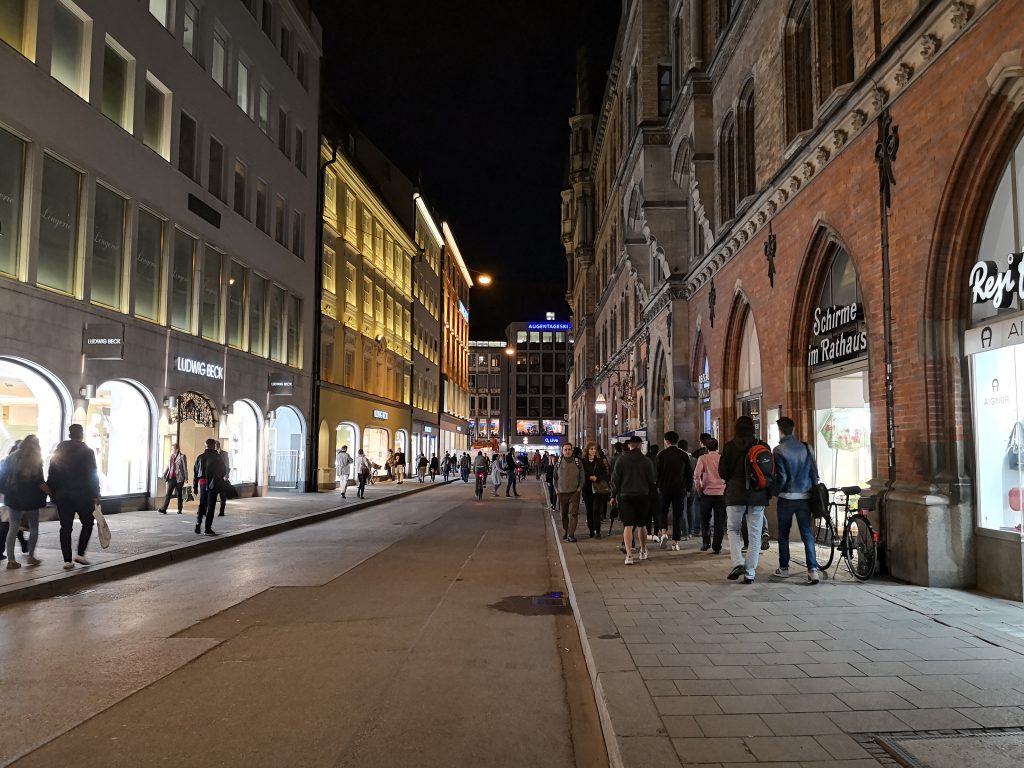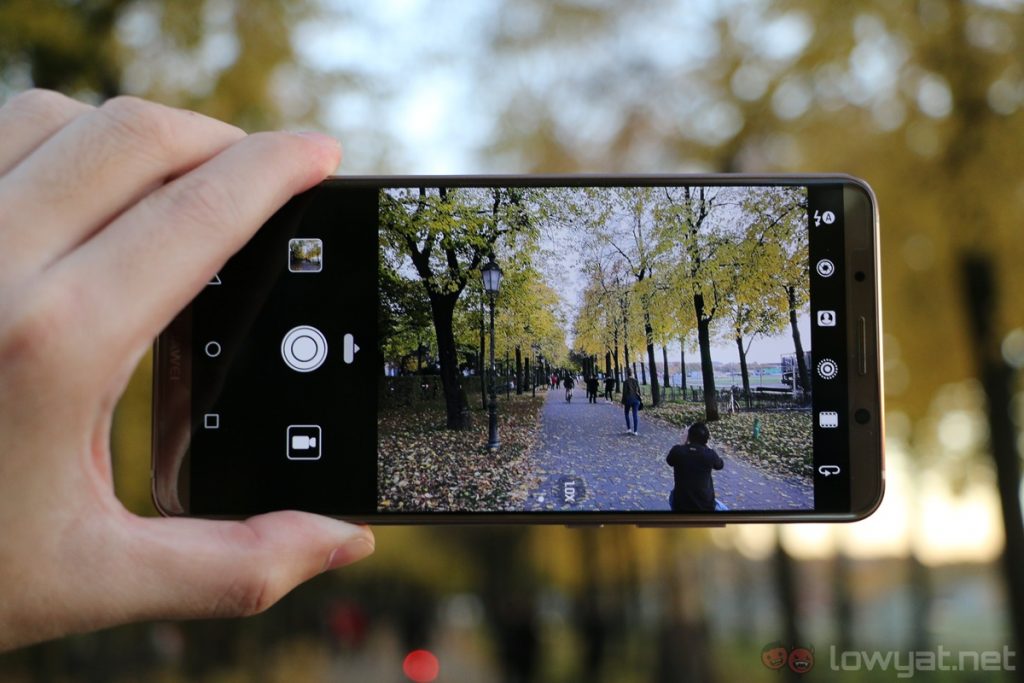It’s time to reveal the results of our blind camera comparison between the new Huawei Mate 10 Pro and the Samsung Galaxy S8+. You guys have spent close to a week analysing the images, and while some of you already know which phone took which picture courtesy of the EXIF data, here are the results for those who waited – some of them are pretty surprising too.
Daytime
Off the bat, the Galaxy S8+’s shot is brighter with more detail; we figure this is thanks to the phone’s auto HDR feature. The Mate 10 Pro’s image, on the other hand, is not quite on the same level. It’s still a good-looking shot, of course, but the lack of auto HDR puts it at a disadvantage here against the S8+.
In this set of images, the Mate 10 Pro’s shot doesn’t look quite as flattering as the S8+’s. The latter has more true to life colours, and the exposure is just right. The leaves in the middle of the frame is also a bit overexposed on the Mate 10’s shot.
Surprise surprise: the Mate 10 Pro looks better here. Not only are the colours more appealing, it’s not quite as oversharpened as the S8+ too.
Samsung cameras have a tendency to saturate images quite a bit, and this is a great example of it. Of course, this makes for a more eye-pleasing image, but some consumers may prefer the Mate 10 Pro’s more true to life colours here.
While these two images look similar at a glance, the Mate 10 Pro’s shot preserved slightly more detail, although the Galaxy S8+’s image has the more flattering colour profile.
Again, the Galaxy S8+’s tendency to saturate images is evident here – the Mate 10 has more true-to-life colour reproduction (especially on the line of trees). However, its image is also brighter than the Mate 10 Pro’s, especially at the area around the trees and benches.
In this shot with bright indoor lighting, the Mate 10 Pro matches the S8+’s output very well. They look very similar, but if we were to nitpick, the Mate 10 Pro takes a better shot of this motorcycle in the BMW Museum. It has more flattering, lifelike colours, and it is also slightly more detailed.
Low Light
The Mate 10 Pro’s lack of auto HDR definitely shows here. In contrast to the Pro, the Galaxy S8+’s shot is brighter, and it clearly has more detail as well; just look at how much more detailed the Rathaus-Glockenspiel is on the S8+ in this cropped portion of the image above:
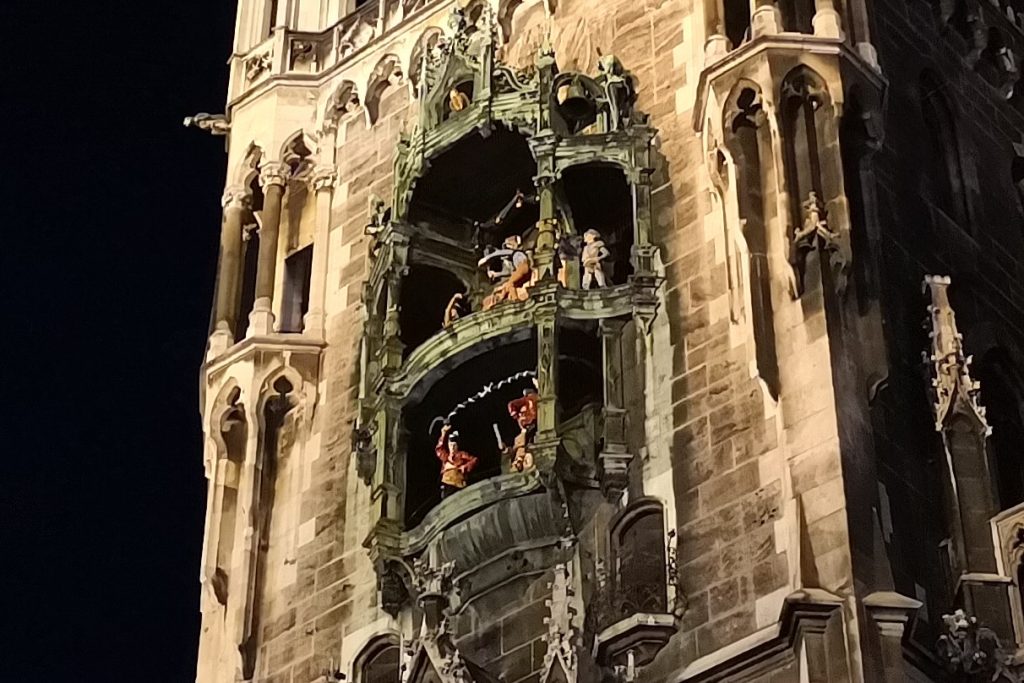 Galaxy S8+ (top) and Mate 10 Pro.
Galaxy S8+ (top) and Mate 10 Pro.
This photo demonstrates the strength of the Mate 10 Pro’s larger aperture and dual camera system. The Mate 10 Pro shot is both brighter and sharper than the S8+, which is no mean feat considering it is one of the best low-light cameras around.
And, the store signs at the shops were also preserved very well on the Mate 10 Pro, while they usually ended up overexposed on the Galaxy S8+. The monochrome sensor collects additional detail before the ISP combines the data from both the monochrome and RGB sensors into a really impressive low-light shot. The Bucherer sign on the left side of the image, for one, is more legible on the Mate 10 Pro.
The same applies here too. While the Galaxy S8+’s shot is quite good-looking, the Mate 10 Pro takes an even more impressive image. Detail preservation is very impressive, and once again, the Mate 10 Pro camera has better and more accurate colour reproduction.
So far, the Mate 10 Pro has consistently taken the better low light shot, and it’s still the case in this set of images. Thanks to the larger f/1.6 aperture – on both sensors of its dual-camera setup, to boot – the Pro shot is both sharper and clearer. The Galaxy S8+’s shot still looks plenty good, of course.
These two images are a bit tricky to judge. On one hand, the Galaxy S8+’s picture looks brighter and more appealing, but the Mate 10 Pro’s shot actually boasts more detail. Personally, I prefer the S8+’s image here, but my editor thinks the Mate 10 Pro again took the better shot simply due to the colour accuracy.
It’s pretty clear at this point that the Mate 10 Pro excels at low light photography. Take a look at the Ludwig Beck store: the window displays are pretty much overblown on the Galaxy S8+. In contrast, the Mate 10 Pro manages to capture more detail.
Final Words
Honestly, I was quite surprised at the camera output on the Huawei Mate 10 Pro – the low-light shots impressed everyone in the team, too. For a few years now Samsung’s smartphone cameras have arguably been the best shooters in low light, but the Mate 10 Pro proved that Huawei is catching up – fast.
Nevertheless, we still have not covered other aspects of the Mate 10 Pro’s camera, such as the autofocus performance and general shooting experience. We’ll cover that and more in our full review. After all, there are other aspects of the Mate 10 Pro we’re pretty excited to explore.
Follow us on Instagram, Facebook, Twitter or Telegram for more updates and breaking news.


